Echizen washi paper from Fukui prefecture is used to fold dinosaurs. (Photo: Nguyen Tuyen/Vietnam+)
Hokuriku is a small region on the Sea of Japan near the center of the Japanese archipelago with three prefectures: Toyama, Ishikawa and Fukui.
With the towering mountains of the Japanese Alps, views of the west coast of Japan, and thriving cities and towns with refined traditional culture, Hokuriku is considered a land where the best of Japan's nature and people converge.
Fukui Prefecture is located along the Sea of Japan coast and is part of Japan's historic Hokuriku region. The area is home to top cultural sites and famous scenic spots.
Fukui is considered one of the culturally rich regions. It is home to Eiheiji Temple, one of the main temples of the Soto school of Zen Buddhism, for centuries. This religious center has influenced the culture of Fukui, and aspects of Zen Buddhism have been passed down from generation to generation as part of daily life.
Eiheiji Temple - Ehepingji (Temple of Eternal Peace") was founded by the monk Dogen (1200-1253). Dogen was a monk born in Kyoto to a wealthy family who studied Zen in China for four years. Later, seeking a quieter mountain retreat for a temple during the often violent upheavals of the Kamakura Period, Dogen was given land by a local samurai and Zen practitioner, Hatano Yoshishige, and he founded Eiheiji Temple in 1244.
The temple is located deep in a forest in the Fukui countryside in a 330,000 square meter campus. Entering the temple grounds, we will naturally feel immersed in the rhythm of the green forest and Zen Buddhism. That is the reason why Fukui is known as a land of tranquility and contemplation of one's own soul.
Fukui is also famous for the Fukui Dinosaur Museum (FPDM), a paleontology and geology museum in Nagaoyama Park, near the site of a dinosaur excavation in 2000. The FPDM is recognized as one of the world's leading dinosaur museums, and is considered an important site for dinosaur research andeducation .
Fukui is also home to a rich heritage of traditional crafts, preserved and developed by thriving artisan communities in areas such as Echizen.
Fukui's artisans draw on centuries-old traditions of blade making, woodwork, lacquerware, pottery and paper, to make the local craft a popular cultural feature of Japan.
Echizen washi paper is one of the prominent traditional handicrafts of Fukui.
It is believed that Echizen washi paper began to appear as late as the 4th or 5th century when paper was first introduced to Japan. The Shosoin Archives contain the oldest preserved manuscript in Japan that mentions Echizen washi paper.
Echizen washi paper from Fukui Prefecture is used to fold the Shinkansen train. (Photo: Nguyen Tuyen/Vietnam+)
The Echizen area is home to the Kami Festival, an intangible folk cultural heritage of Fukui Prefecture, where for centuries people have worshiped the paper deities of the Otaki and Okamoto shrines.
Originally, Echizen washi paper was made for hand-copying Buddhist scriptures, and as the court nobility and samurai families began to use more paper, paper production developed under the patronage of the Tokugawa shogunate and local lords.
High quality products such as Echizen ceremonial paper became popular, and as papermaking techniques developed, production increased.
During the Meiji period (1868-1912), paper used as national currency issued by the Council of State (the highest body of the Japanese government at that time) was produced in the Fukui region.
With the absorption of traditional national culture from ancient times and the combination with the trend of the times, Echizen washi paper has become a prominent brand of the Fukui region.
Fukui is also a choice for outdoor lovers with its incredible diversity.
The coastline is all about relaxing on soft, sparkling sands next to shallow, clear waters, or hiking through a vast pine forest along a beautiful beach.
The coastline with towering cliffs covered with white foam from the raging waves of the Sea of Japan.
When the weather conditions are right, visitors can even catch the breathtaking sight of a castle on a small island, surrounded by an ocean of clouds.
In early May, phlox orchids bloom in Ono's Shibazakura no Sato area. These bright pink flowers carpet the ground near the rice fields, covering about 20 hectares.
The local passion for phlox orchids began around 1990, when some farmers began using them as a way to keep other weeds from growing. Today, more than 30 farmers across Ono grow the flowers.
Hanahasu Park is located in Minami-Echizen, one of Japan's largest lotus-producing areas. The lotus flowers bloom on summer mornings and the Lotus Festival takes place from late June to early August.
The park is famous for its large lotus ponds, which feature about 130 varieties of flowers from around the world and have platforms for visitors to view the flowers.
During the Lotus Festival, the park is also lit up at night with many lotus-shaped lights, creating a mystical atmosphere that can only be experienced at this time of year.
Fukui has always been considered a place blessed with natural beauty and a rich culture deeply influenced by Zen Buddhism.
This land is known as a great destination to immerse yourself in nature, to deeply contemplate your own soul as well as experience to learn about the rich culture and history./.
Among the crafts, the Inami wood carving art of Toyama Prefecture in Japan is known worldwide for its elaborate and sophisticated character.
(Vietnam+)
Source: https://www.vietnamplus.vn/den-tinh-fukui-de-chim-dam-trong-su-binh-yen-post1014468.vnp


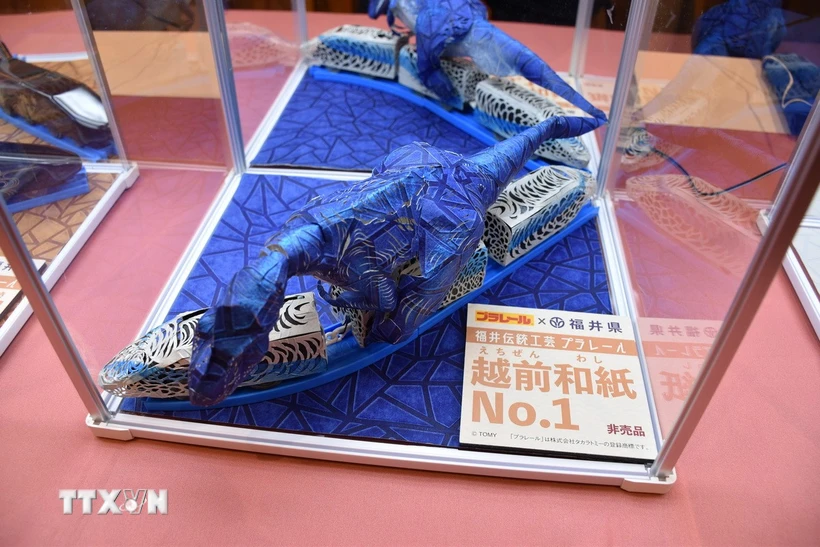
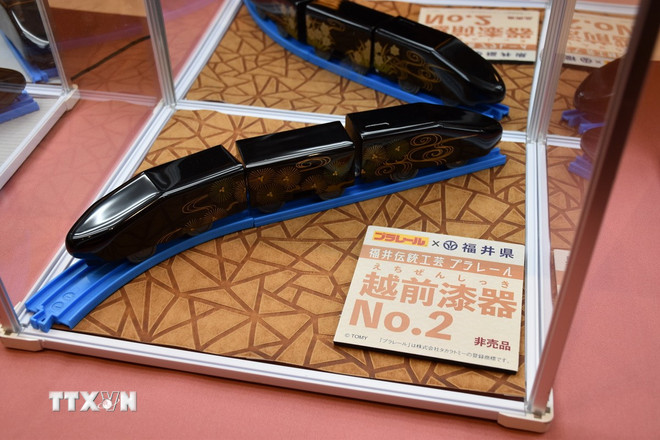


![[Photo] Anh Hoang - Dinh Duc successfully defended the men's doubles championship of the National Table Tennis Championship of Nhan Dan Newspaper](https://vphoto.vietnam.vn/thumb/1200x675/vietnam/resource/IMAGE/2025/5/23/d6ab3bcac02c49928b38c729d795cac6)
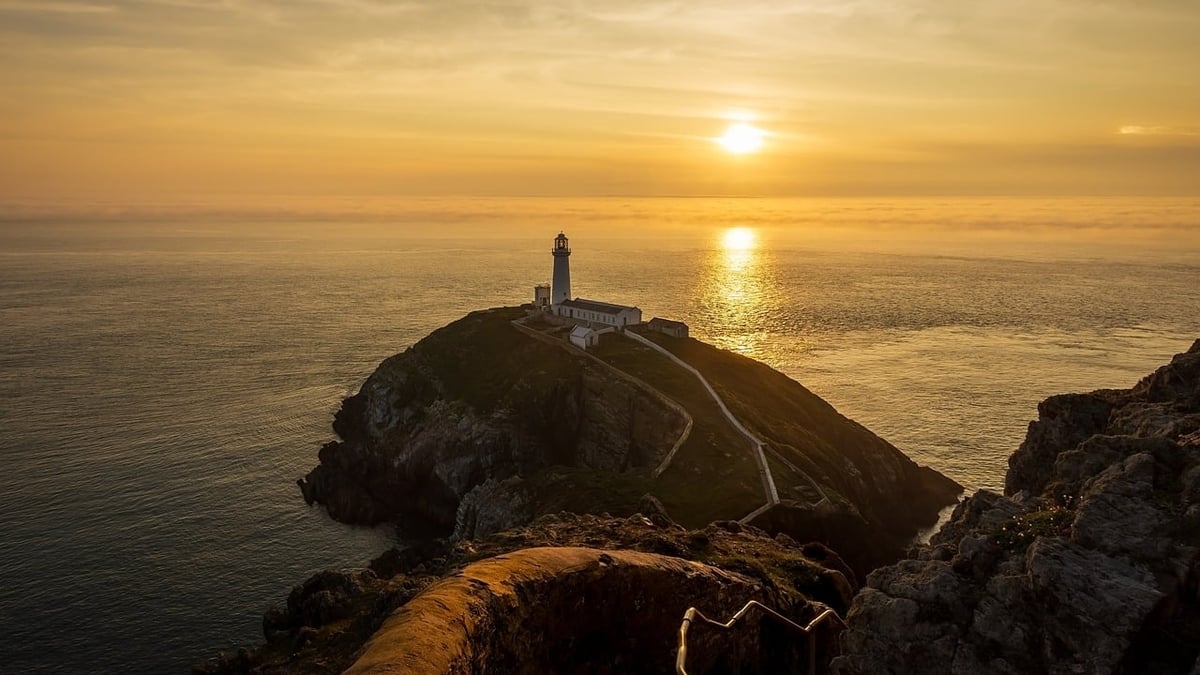














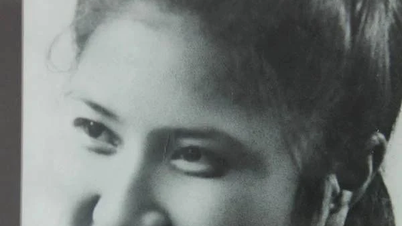

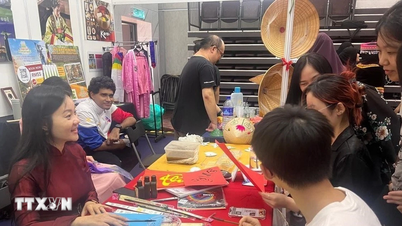



![[Photo] Top players gather at the 2025 Nhan Dan Newspaper National Table Tennis Championship](https://vphoto.vietnam.vn/thumb/1200x675/vietnam/resource/IMAGE/2025/5/23/9ad5f6f4faf146b08335e5c446edb107)


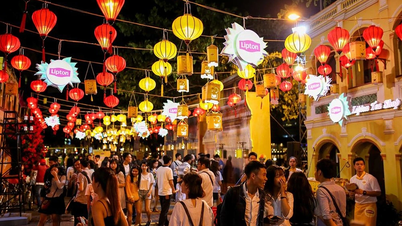

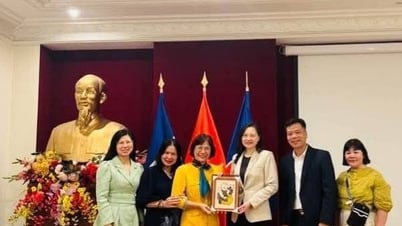

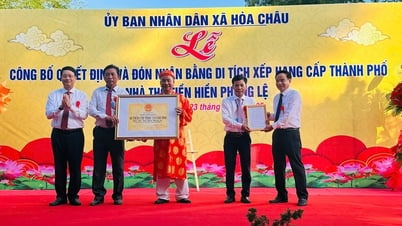






















![[Photo] The Central Party Executive Committee delegation visits former President Tran Duc Luong](https://vphoto.vietnam.vn/thumb/402x226/vietnam/resource/IMAGE/2025/5/24/32f67673454445aab0f1f2af331cb170)
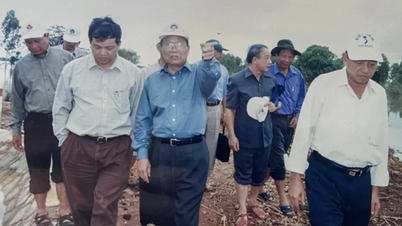

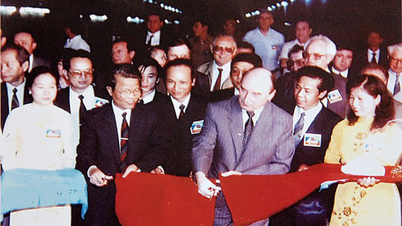













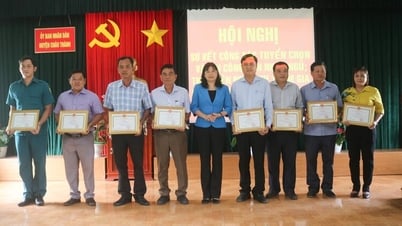

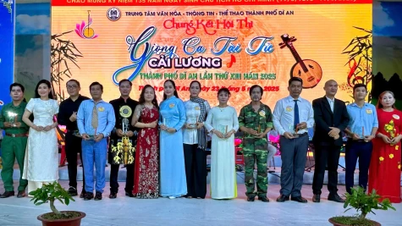


















Comment (0)